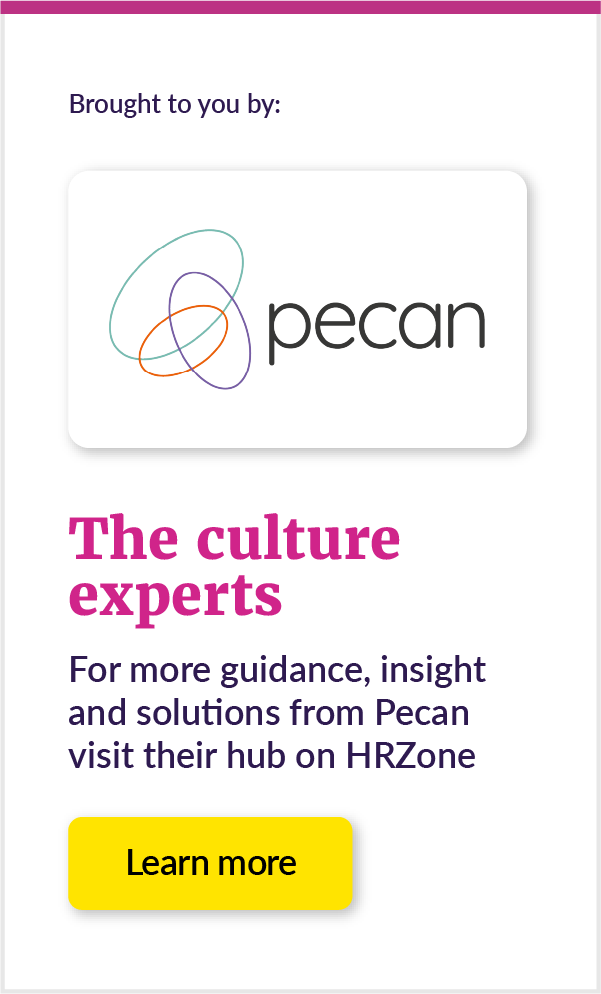“A healthy culture both generates and protects value. It is therefore important to have a continuous focus on culture, rather than wait for a crisis.” So said Sir Winfried Bischoff, former Chair of the Financial Reporting Council in their 2016 report into the relationship between workplace culture and sustainable growth.
Propelled by the financial crisis in 2008, financial services organisations and their boards started to take culture seriously and, in December 2021, the Financial Reporting Council published a list of culture enablers that every executive and non-executive director should foster.
Culture accountability that goes beyond ‘adequate’
Increasingly, other regulators are focusing on behaviours within organisations, making the Board of Directors accountable for an ‘adequate corporate culture’ that, amongst other things, supports sound risk management.
However, ‘adequate’ is just the start point. A workplace culture deliberately designed and embedded to support strategy delivery is now commonly understood to be a competitive advantage.
But given how little contact a non-executive director typically has with an organisation, seeking assurance and supporting the culture needed can feel easier said than done.
When you don’t work in the organisation day-to-day, how do you:
-
- Really get assurance that the prevailing mindset, behaviours and decision making are supporting strategy delivery?
-
- Recognise the tell-tale signs of a brewing crisis?
-
- Spot opportunities to support improvements in the culture, especially during growth?
A workplace culture deliberately designed and embedded to support strategy delivery is … a competitive advantage
Aligning to a common cultural vision and plan
Here are the key questions that every board should know the answers to:
-
- What culture do we need to deliver our strategy?
-
- How will it give us a competitive advantage?
-
- What is our culture like now and why?
-
- What aspects must we preserve?
-
- What are the priority shifts we need to make and how will we achieve them?
Reviewing cultural data
1. What data is most useful for the board to receive in the boardroom? For example, a summary of:
-
- Survey data themes including verbatims to give context to the numbers
-
- Short presentations or discussions from employees within the organisation, bringing to life how the culture influences decision making and outcomes
-
- Third party ‘deep dive’ assessments if needed
2. What data is most useful for the board to gather outside the boardroom? For example:
-
- Site visits such as listening lunches, awards or social events
-
- Unsolicited feedback from social media
-
- Meeting with ‘culture ambassadors’ – straight-talking employees whose role is to help drive the culture change required
-
- Feedback from key clients and partners
Investors are increasingly growing wise to the importance of ‘good culture’ and its long-term value.
Impact of workplace culture on performance
1. What impact is our culture having on:
-
- The attraction and retention of talented employees?
-
- The attraction and retention of customers?
-
- Our brand reputation through sites such as Glassdoor and Trustpilot?
-
- Productivity and efficiency?
-
- Innovation?
-
- Risk management?
2. What examples do we have of our purpose and values influencing our behaviours and decision making as a board?
Confidence in workplace culture
Governing and supporting workplace culture is best done in partnership with the executive team.
Done well, this gives regulators confidence that culture is being effectively assured and peace of mind that your culture is driving the right behaviours in terms of risk, reputation and strategy delivery.
Early warning signs of a problematic culture will be spotted before a crisis and, even more importantly, opportunities to leverage the organisation’s culture can be taken proactively.
As well as regulators, investors are increasingly growing wise to the importance of ‘good culture’ and its long-term value.
And finally, with an upturn in M&A activity expected in 2024, cultural due diligence has never been more important if boards are to avoid the expensive pitfall of underestimating this dimension when bringing organisations together.











